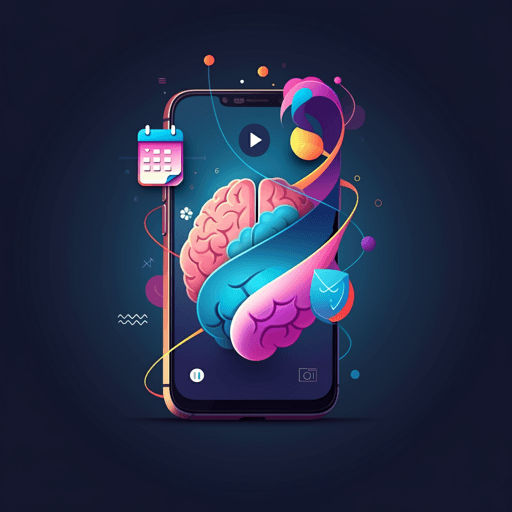
Psychology
Differential temporal utility of passively sensed smartphone features for depression and anxiety symptom prediction: a longitudinal cohort study
C. A. Stamatis, J. Meyerhoff, et al.
A large-scale smartphone passive-sensing study (n = 1013) using the LifeSense app tracked GPS, app/device use, and communication over 16 weeks to identify digital markers of depression and anxiety. Spending more time at home relative to one’s average predicted future depressive symptoms, while circadian movement was only a proximal correlate. Research conducted by Authors present in <Authors> tag.
~3 min • Beginner • English
Related Publications
Explore these studies to deepen your understanding of the subject.







